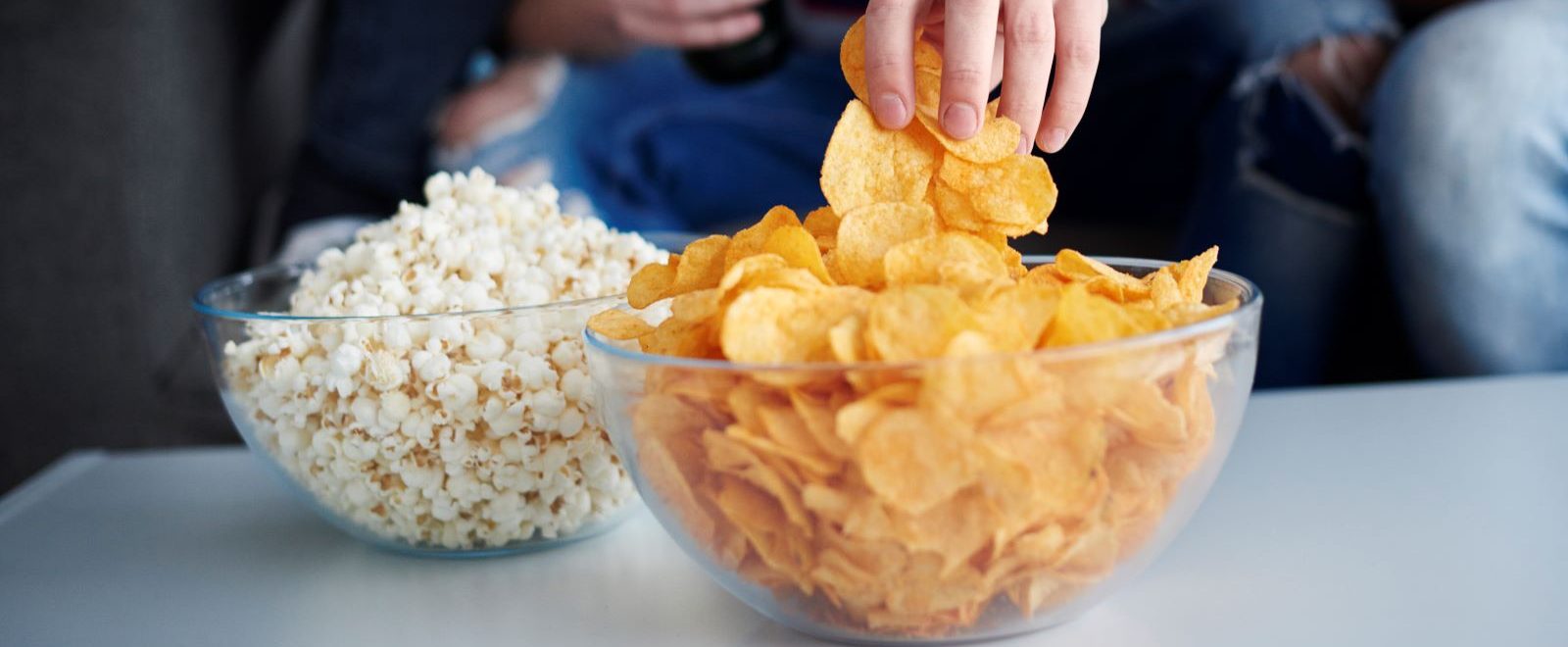It might not be a lack of willpower, but your brain that’s sabotaging your diet.
Your brain loves “hyper-palatable” foods – processed items that combine fat, sugar, carbs and sodium – and once we start eating them it can be hard to stop.
“These foods are highly rewarding to us and make it harder to stop eating,” explains BreAnn Erickson, RDN, a nutritionist with the Hartford HealthCare Digestive Health Institute in Shelton and Bridgeport.
Erickson explains what foods to watch out for and why they make us crave more.
What are hyper-palatable foods?
Hyper-palatable foods contain combinations of ingredients that are more appealing when they’re eaten together. Examples include:
- Hot dogs or bacon, which combine fat and sodium
- Cake, ice cream or biscuits, which combine fat and sugar
- Crackers, pretzels, popcorn or chips, which combine carbohydrates and sodium
When these ingredients are combined, they actually stimulate your appetite to crave more of the combination. And unfortunately, these combos are almost never found in whole foods – just processed ones.
And the kicker? Once you start eating these hyper-palatable foods, it’s hard to stop.
“All of these foods are processed and usually lack fiber and protein, which help us feel fuller,” Erickson says.
> Related: This Snack May Curb Your Appetite and Help With Weight Loss
What happens when you eat lots of hyper-palatable foods?
New research show from the National Institutes of Health (NIH) shows that whenhyper-palatable foods are included in a meal, people tend to eat more calories overall.
Dieters were not exempt. Participants following a low-fat or low-carb diet were also impacted, which shows cravings come no matter how healthy you think you’re eating.
“These foods can also cause weight gain when eaten in excess of your overall calorie needs,” Erickson stresses.
What if the food is high in protein or fiber?
Earlier research suggested that the lack of protein and fiber was to blame. But the NIH study showed people still overate in meals offering a combination of hyper-palatable foods and protein.
“Even if you add a protein to a processed food, it doesn’t have the same effect as having whole food proteins like chicken, beans or dairy,” Erickson says.
> Want more health news? Text StartHere to 85209 to sign up for text alerts
The takeaway: choose whole over processed
Being aware of the allure of hyper-palatable and processed foods is key to following healthy eating habits, she continues.
“Less processed whole foods are going to be healthier for a variety of reasons,” she says.
Portion control is the goal, she continues, but it’s challenging with foods triggering internal craving. Instead, she suggests limiting your intake of hyper-palatable items.
“It’s fine to have them on occasion as long as you are consuming a well-balanced diet the majority of the time,” Erickson says.



